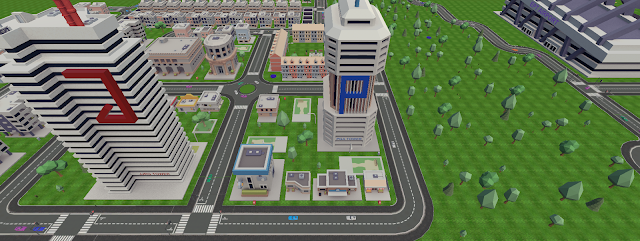I have presented two works in the ROBOT 2017 conference that has taken place in Seville (Spain) the November 22-24, 2017.
The first work was performed by a BSc student under my supervision. In this work, we present two original game theoretic algorithms for task allocation in multi-robot systems. The first algorithm is competitive, defines games between each robot and its neighbors for the closest tasks, and searches the best Nash equilibrium. The second algorithm is cooperative, establishes a voting system in which the robots can vote their preferences to perform every task, and searches a task allocation with social welfare. The test in a simplified scenario show that both algorithms work under limited communications and partial information, but the competitive one generates better allocations than the cooperative one.
K. Garapati, J.J. Roldán, M. Garzón, J. del Cerro and A. Barrientos. “A Game of Drones: Game Theoretic Approaches for Multi-Robot Task Allocation in Security Missions”. Robot 2017: Third Iberian Robotics Conference. Seville, November 22-24th 2017. Springer Cham, p. 855-866, 2017. Article
The second work was performed by two students and I just gave them advice about technologies and algorithms. This work explores the 3D reconstruction of real scenarios and their integration in virtual reality interfaces. Two sensors are used for 3D reconstructions: laser scanners and RGBD cameras. Several algorithms are applied to convert the raw pointclouds into useful meshes. The resultant 3D maps are visualized in virtual reality by means of a head-mounted display.
F. Navarro, J. Fdez, M. Garzón, J.J. Roldán and A. Barrientos. “Integrating 3D reconstruction and virtual reality: a new approach for immersive teleoperation”. Robot 2017: Third Iberian Robotics Conference. Seville, November 22-24th 2017. Springer Cham, 2017. Article
















